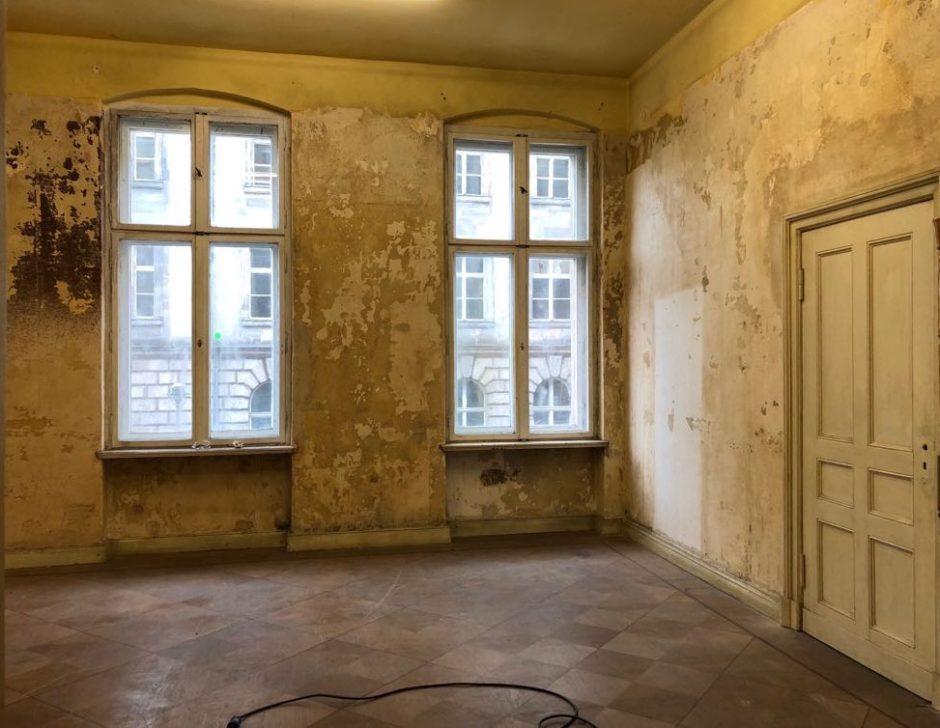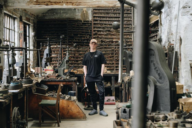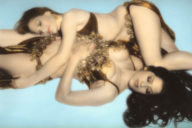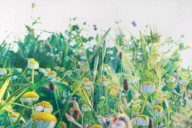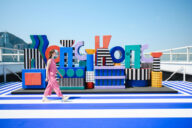No Place
GLINT
Glinkastraße 17, 10117 Berlin
27 April – 12 May 2018
no-place.me
As an innovative platform for exhibiting contemporary art, No Place brings together nine international artists to create a site-specific installation within several rooms of GLINT, an abandoned and dilapidated building in Mitte, Berlin, where the artists are given free reign to explore what defines a utopian spirit and to defy the limits of the possible.
The experimental and nomadic platform No Place returns for its second edition after launching in Lima, Peru in 2017. A project promoted jointly by four galleries – Nueveochenta (Colombia),Arróniz (Mexico), Michael Sturm (Germany) and NF/NIEVES FERNÁNDEZ (Spain) – No Place aims to generate new experiences for the public via an alternative production model.
“Art is a motor of change, and the problem of today’s art world is not a lack of rigorous analysis,or a necessity for the revelation of the ‘truth,’ but instead the need for a radical imagination,” No Place members noted in a collective statement. “Without utopian thinking, we are constrained by the tyranny of the possible. Let’s experience an alternative reality: this is what good art does, it is what Thomas More’s Utopia does.
Created as a collaborative system that shares the tools, teams and resources of each gallery member, No Place is a unique collective effort and an unprecedented experiment in cooperation, where the focus of attention rests completely on the artists and their work and the benefits of the project remain within the group.
Fritzia Irizar’s (Mexico 1977) conceptual artworks test the elusive forces of value as it is expressed in economic and symbolic forms including labor, precious materials, money, and myths. Her work refers to the flow of money on an individual scale and to the consumption of the work of art. Taken out of its typical environments, the currency Irizar uses in her works takes on symbolic qualities that speak to the construction of desire and value.Her work recognises that history and science are almost fictions, built on small surfaces of knowledge and are subject to the decision of a few individuals. However, they are fictions that we want to hold: as acts of faith, of belonging, of will or certainty.
Pipo Hernandez Rivero’s (Spain 1966) work poses questions about “universally accepted cultural truths. Built with images and ideas very much anchored in the memories of modern culture, his works move in the territory of cultural suspicion. Pointing the relational complexity of the possibilities of painting in the 21st century and offering us a reconsideration of the pictorial from both formal and conceptual structures, the ideas of failure, and references to the cultural avant-gardes are always underlying the works.
The work of Juan Fernando Herrán (Colombia 1963) is not based on an imagined space or reality. On the contrary, its starting point is the existing world, more specifically a series of facts, phenomena and imaginaries that have played a leading role in the history of Colombia. He seeks to transform not only actions, media and materials, but the way in which the public #NoPlaceBerlin glances, relates and interacts with a particular image or situation. Photography has become a medium through which he documents facts and signs and exploits the symbolic dimensions of the images, objects, spaces and materials that he encounters. On the other hand, it is through sculpture and installation that he explores the possibilities of molding and manipulates space and matter.
The projects of Kevin Simon Mancera (Colombia 1982) are based on intimate exercises and deep introspection. The motivation of his works is the reflection of a life experience that explores the exaltation of small daily tragedies. Each one of his drawings is loaded with a gesture that imbues the public with mixed emotions because of the way he deals with issues such as hatred, sadness, failure and happiness. In No Place, he will show drawings from his series “Arenita del camino”.
The work of Omar Rodríguez-Graham (Mexico 1978) begins with the use of recognisable images as an armature upon which to place marks: traces of the event of painting. Together,
these marks construct a figure that acts not as a replacement or stand-in of this initial figuration, but as a memory. An amalgamation between the translation of a recollection and the construction of something new. Within his recent work, Rodriguez-Graham tackles a group of paintings based on physical constructions; sculptures that present a purely painterly experience. When re-presented on a canvas, these suggest a new reality that presents a coexistence between the recognisable and the abstract.
Mauro Giaconi’s (Argentina 1977) artistic work takes place in the field of sculpture, installation and drawing, which operates as the heart of all his production and acts as a starting point to generate spatial interventions and imagery that moves across the aesthetics of chaos and procedural investigation. Architecture, structure, memory and environment are all key elements in the artist’s practice, which focuses on proposing experiences that build tension between opposite concepts like construction and destruction; birth and death; confinement and freedom; depth and surface; dream and awakening.
For the most part, the work of Moris (Mexico 1978) arises from his immediate surroundings in Mexico City. The materials he uses in his paintings, installations and sculptures do not hide their origin and history. They speak to the apparently unavoidable spiral of crime, violence and social exclusion. Doing this, Moris does not show the abyss but gets rid of it. His critical approach is not superficial: “It is not about morality, good or evil, guilt or sin. It is only a social analysis, pessimistic and hard”.
The roots of Russell Maltz’s (USA 1952) ever-evolving oeuvre lie in the American tendency of colour field painting. Unlike Mark Rothko, Barnett Newman and Clifford Still, Russell Maltz is not interested in some kind of apotheoses or the sublime. Quite the opposite, as he takes painting back to its base so to speak, without disregarding its value: “I have always thought about #NoPlaceBerlin painting as colour moving across an area – a surface / the instance – the moment of coverage – the motion / in that succinctness – that moment of arrival – the painting happens.”
Sven Braun (Germany 1968) draws passe-partouts that are not passe-partouts. He causes stretcher frames to shine through canvases as if they were transparent. The Leipzig-based painter plays a subtle game with trompe l’oei —that is, with the artistic mastery that causes us to confuse essence and appearance or rather to take the one for the other. And yet it would not do
Sven Braun justice simply to accuse him of premeditated deception.
No Place is complemented by a second exhibition in the same building. Curated by Rüdiger Lange (Loop raum für aktuelle Kunst), Like Home explores the wide variety of international influences in Berlin´s artistic scene. Illustrated by works of artists with a strong connection between Latin America and Berlin, it features the work of artists Carla Bertone, Isabelle
Borges, Pablo Griss, Carla Guagliardi, Birgit Hölmer, Franz Küsters, Maria Muñoz, Gonzalo Reyes Araos, Francisco Rozas, Carlos Silva and Alejandro Stein.

